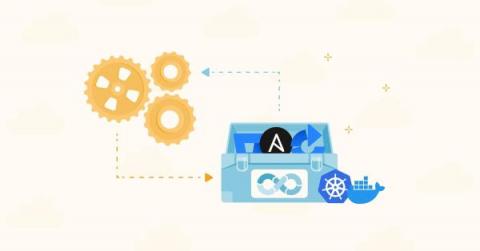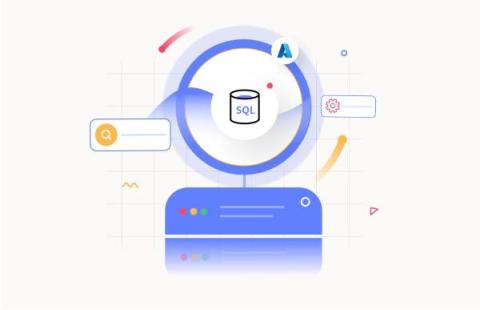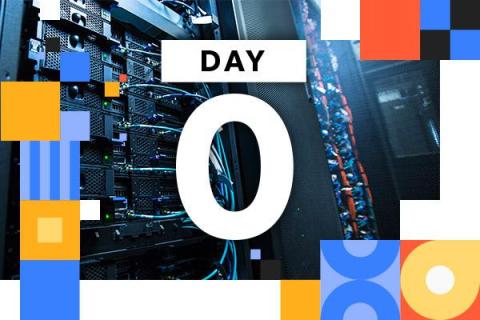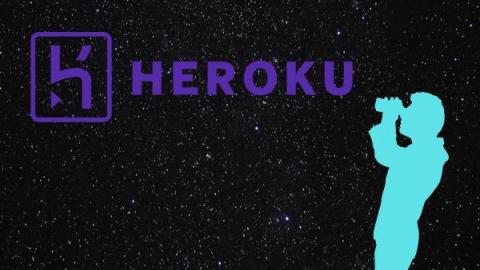Operations | Monitoring | ITSM | DevOps | Cloud
Latest News
SharePoint Admin Guide for Beginners
SharePoint is a Microsoft-owned platform that provides an extensive range of solutions for content management and collaboration within and outside an organization. Built on a web-based technology stack, it integrates seamlessly with Microsoft Office 365 and offers features like document libraries, team sites, intranets, extranets, and advanced search functionalities. It can be deployed both on-premises or in the cloud.
OpenTelemetry vs. OpenTracing
OpenTelemetry vs. OpenTracing - differences, evolution, and ways to migrate to OpenTelemetry.
Azure SQL Database monitoring
Day 0 Configuration: Building Long Term Success Beyond Server Provisioning
10 Best Internal Developer Portals to Consider in 2023
AI adoption for software: a guide to learning, tool selection, and delivery
This post was written with valuable contributions from Michael Webster, Kira Muhlbauer, Tim Cheung, and Ryan Hamilton. Remember the advent of the internet in the 90s? Mobile in the 2010s? Both seemed overhyped at the start, yet in each case, fast-moving, smart teams were able to take these new technologies at their nascent stage and experiment to transform their businesses. This is the moment we’re in with artificial intelligence. The technology is here.
Heroku Monitoring: What To Look For In Your Addons
Heroku is a cloud-based platform that supports multiple programming languages. It functions as a Platform as a Service (PaaS), allowing developers to effortlessly create, deploy, and administer cloud-based applications. With its compatibility with languages like Java, Node.js, Scala, Clojure, Python, PHP, and Go, Heroku has become the preferred choice for developers who desire powerful and adaptable cloud capabilities.
The Ultimate Guide to DORA Metrics for DevOps
In the world of software delivery, organizations are under constant pressure to improve their performance and deliver high-quality software to their customers. One effective way to measure and optimize software delivery performance is to use the DORA (DevOps Research and Assessment) metrics. DORA metrics, developed by a renowned research team at DORA, provide valuable insights into the effectiveness of an organization's software delivery processes.
Rescue Struggling Pods from Scratch
Containers are an amazing technology. They provide huge benefits and create useful constraints for distributing software. Golang-based software doesn’t need a container in the same way Ruby or Python would bundle the runtime and dependencies. For a statically compiled Go application, the container doesn’t need much beyond the binary.











